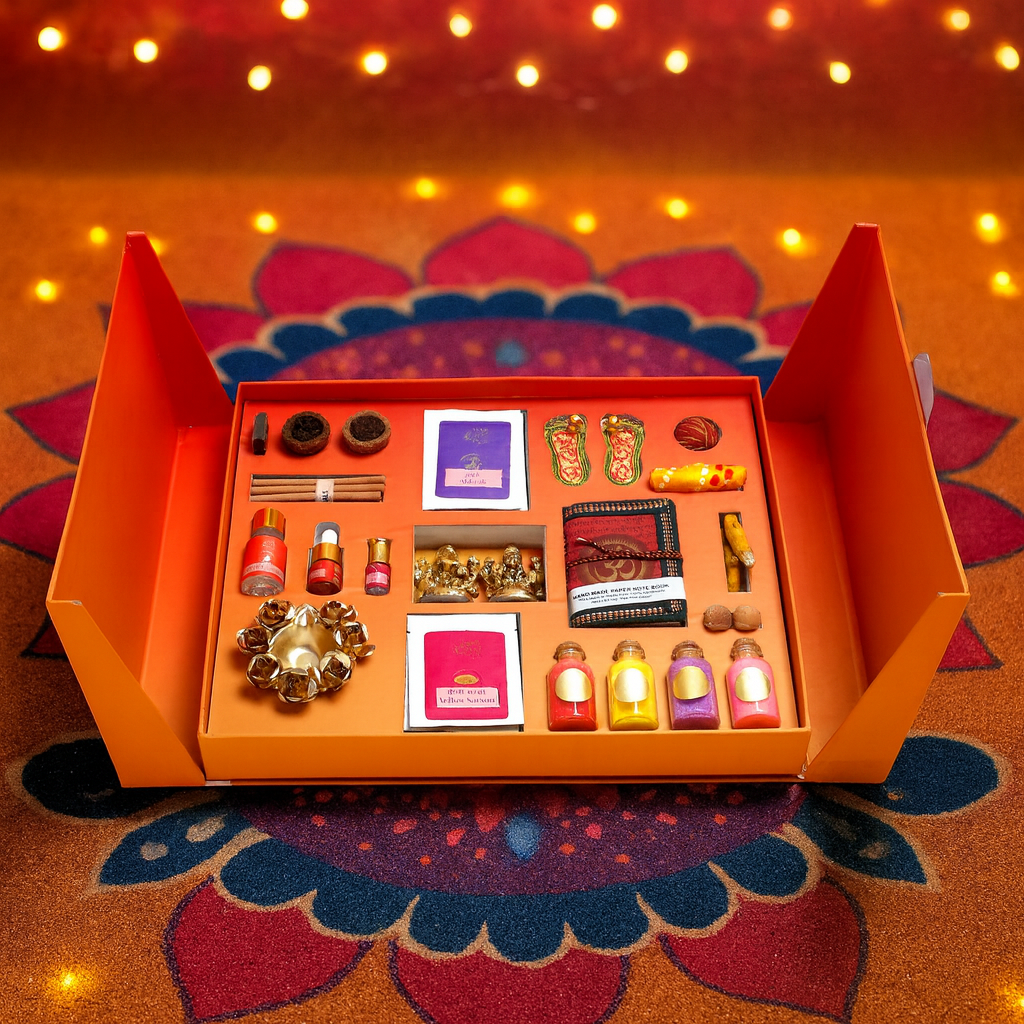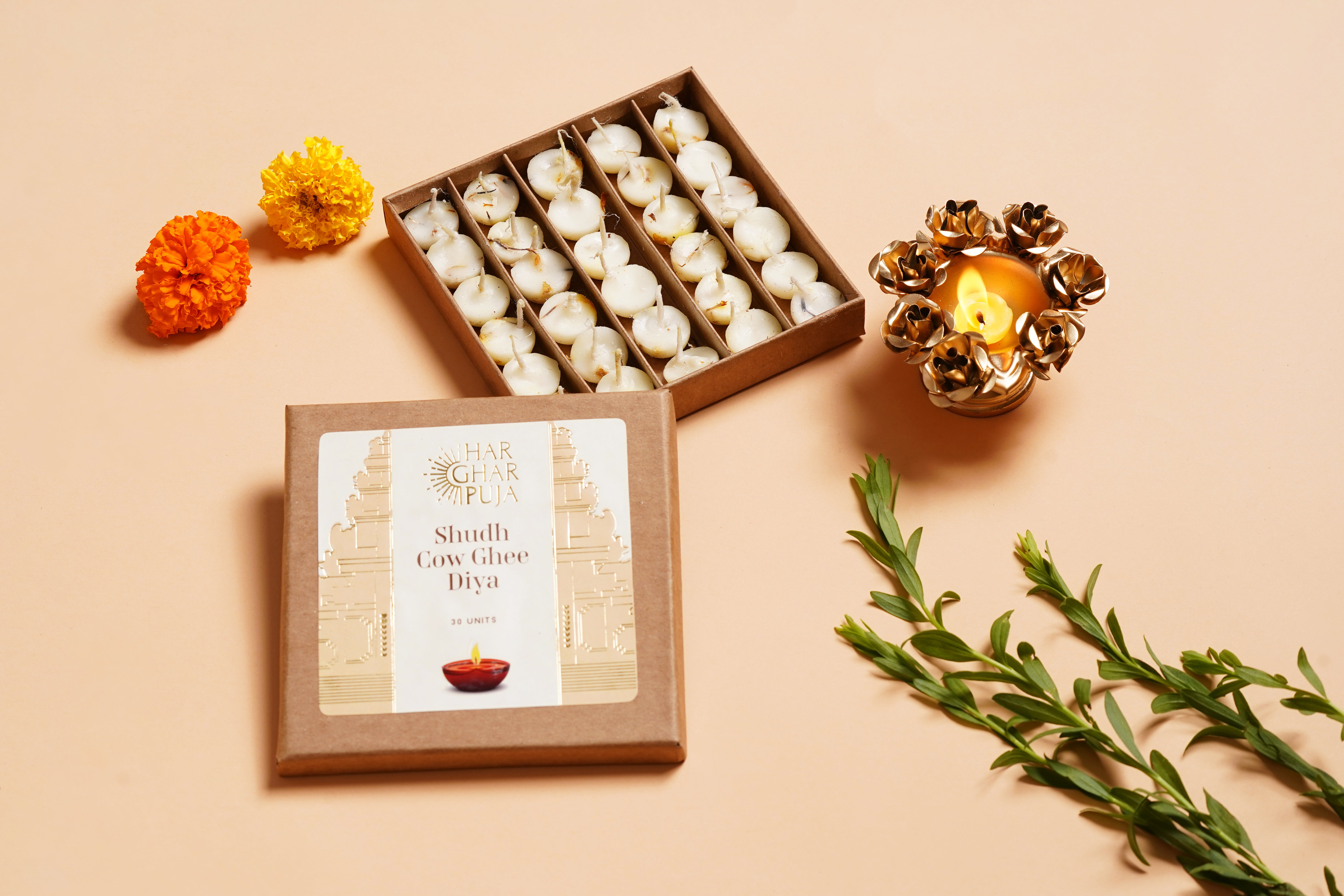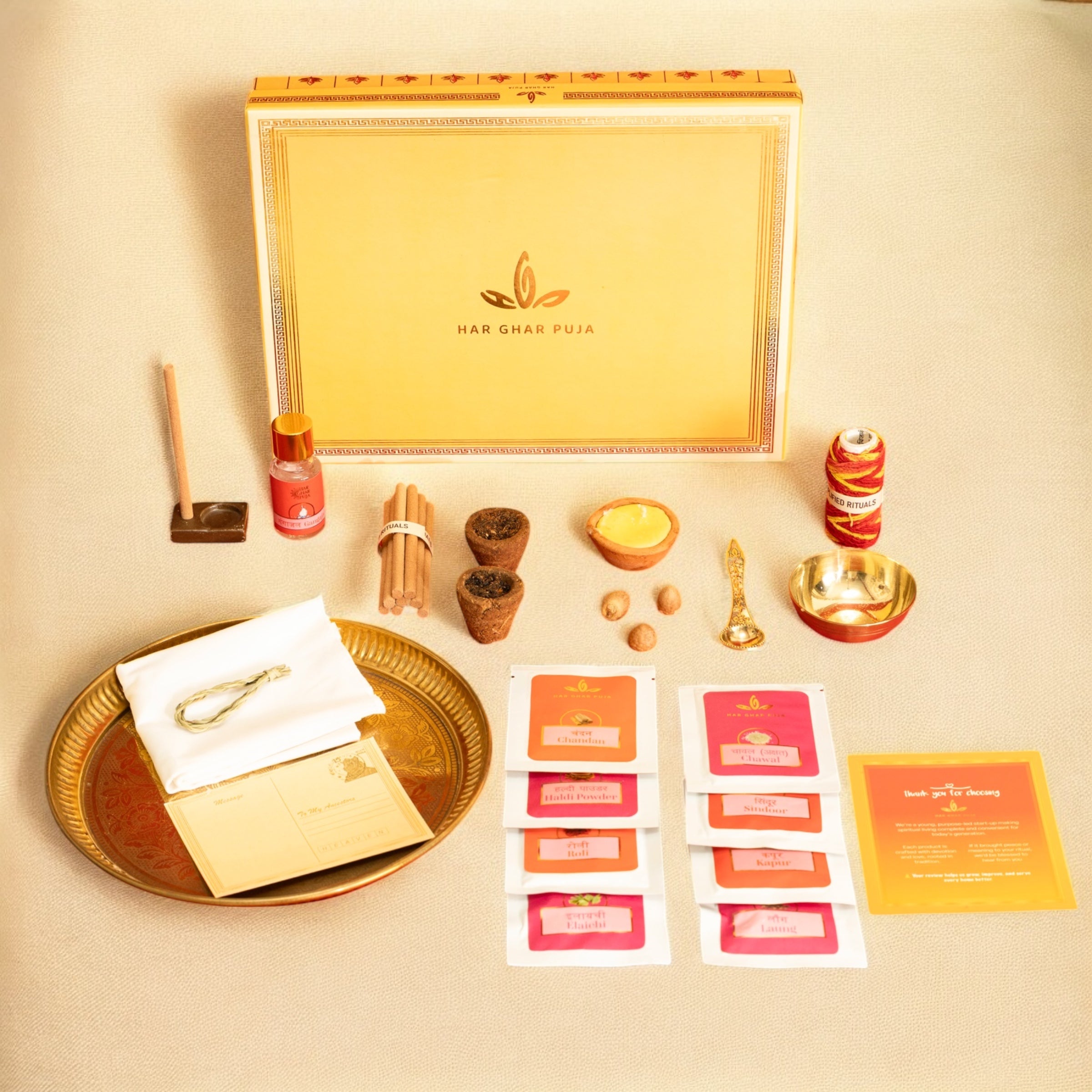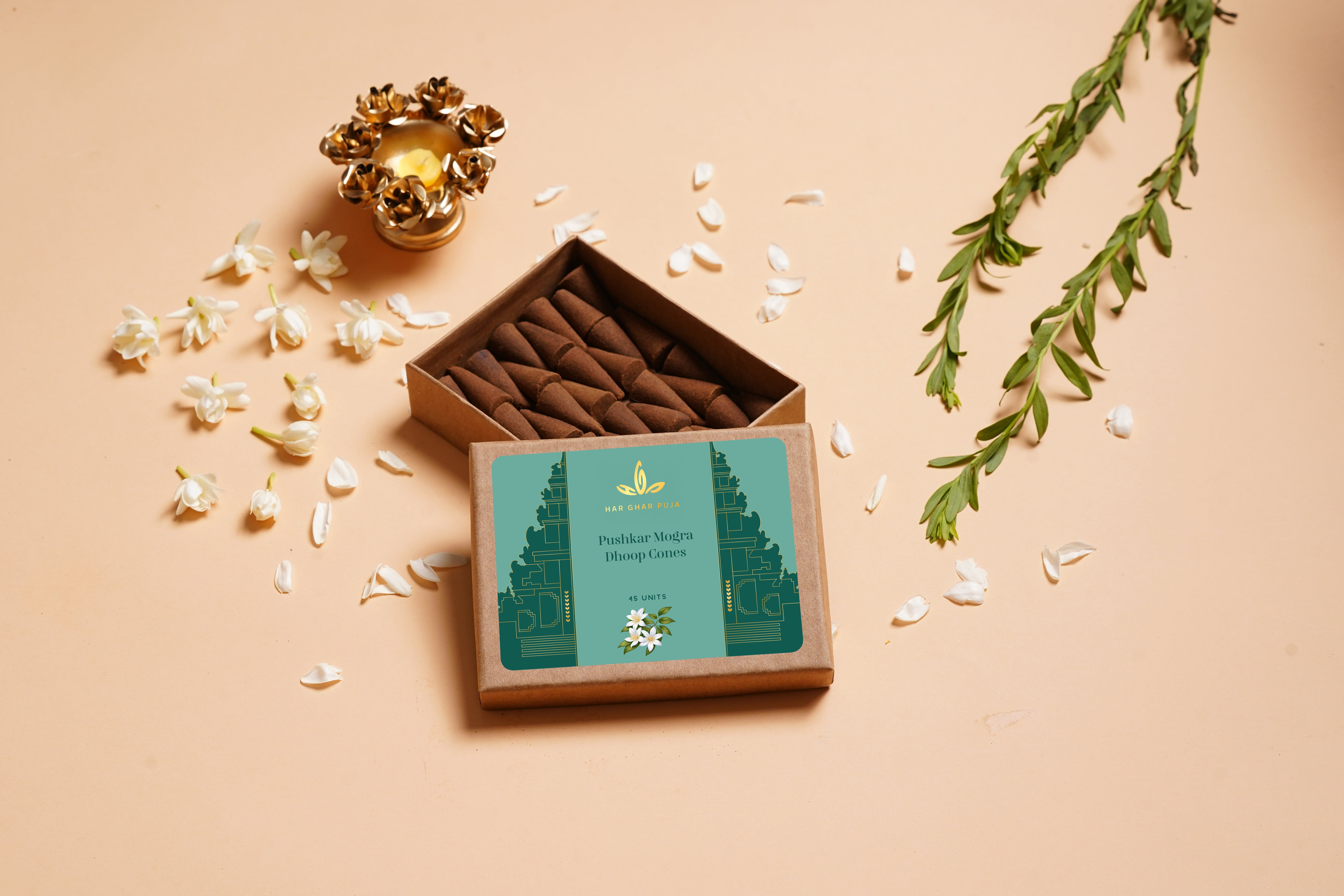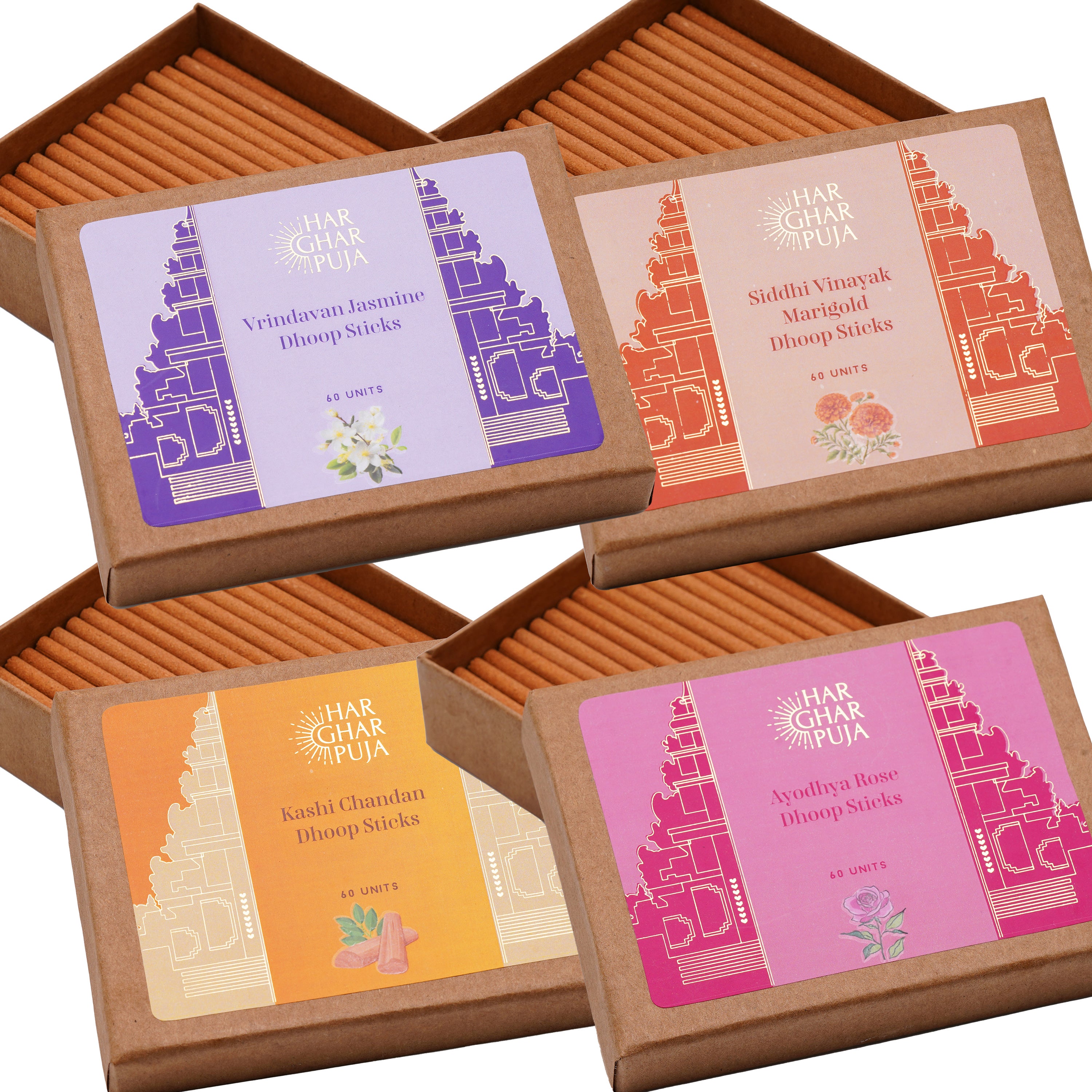Mehendi or henna is a symbol of happy, beautiful and also holy in Hindu culture. From the Lawsonia inermis shrub, its leaves, which upon drying and grinding to a powder produce a cake-like texture with a colorful hue that could be referred to as ‘Lawson’. This colorant is the best as a natural dye for the types of intricate designs drawn on palms and feet and thus gives Mehendi its characteristic appearance. It is a cognate of Sanskrit word “mendhika,” which indicates its original essence and significance. Being a crop grown for cosmetic and remedial purposes, the plant and its different parts, from the root to the seed, hold important therapeutic benefits. Interestingly, this pigment includes a cooling effect on the skin, which makes Mehendi both medium of aesthetics and a soothing cream that does not cause side effects or pain, as a simple alternative to permanent tattoos. Besides, the mehendi invokes positive vibrations and auspicious gifts for the newlyweds.
Besides, the decorating ability of Mehendi, the medicinal properties as explained by Ayurveda are also as important. Traditionally, this has been used to treat a range of skin problems, such as itching, allergies, rashes and wounds. The anti-microbial and anti-inflammatory properties of this substance enable it to provide a soothing effect to the body as well Secondly, the Mehendi is also a panacea for hair diseases acting as a natural dye, an agent for the growth, a conditioner for the hair and leaving them lustrous.
The exact beginning of mehendi cannot be determined, but its wide acceptance has led to the development of different application methods, and designers which now cover a very rich cultural heritage that spans centuries ago. Ayurveda celebrates Mehendi’s “Ropana” healing properties and its ‘Sita’ cooling ability, when it is applied to the hair to help reduce oiliness and combat dandruff through its astringent and drying properties.
Unquestionably, Mehndi which signify deep cultural conception of Indian weddings, is among the oldest tradition in marriage rites. The tradition of blessing a bride-to-be’s hands and legs with Mehendi signifies good wishes in Indian marriage rituals.
It is said that applying mehendi on both limbs of the bride creates a cool and soothing effect which helps in calming the bride-to-be on her wedding day hence there seems to be superior motive on mehendi ceremony associated with marriages. The colour of mehendi deepens even after washing of the mehndi which according to the folk stories, tell of the growing connection between the bride and the groom.
Mehndi is not only the part of wedding ceremony, but also, married ladies also get it done at the post-wedding festivals including karva chauth and teej. Moreover, it not only bears the medicinal application but also is regarded as a symbol of positivity and wealth, bringing prosperity to the newly-married couple and rekindling the faith between them


